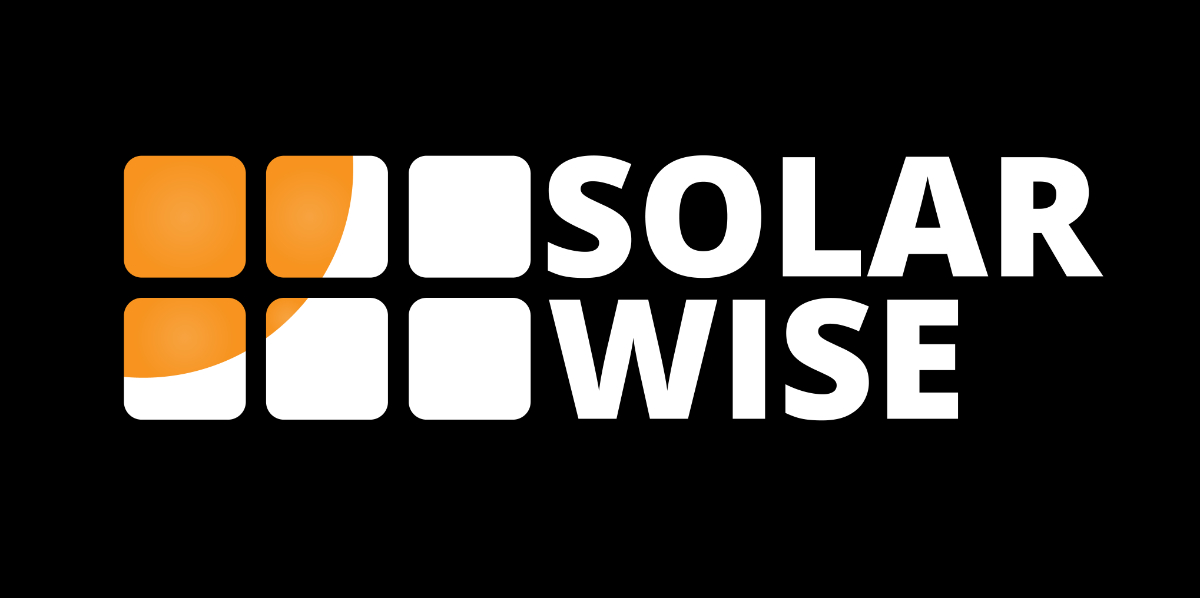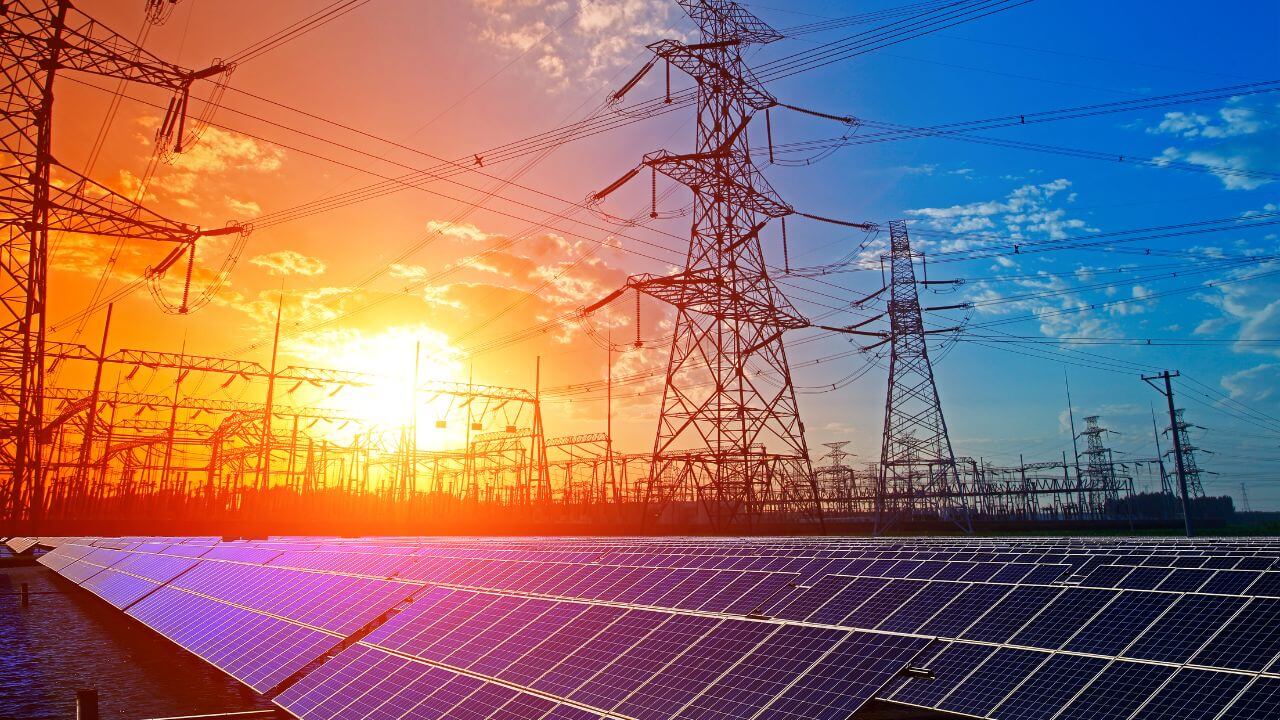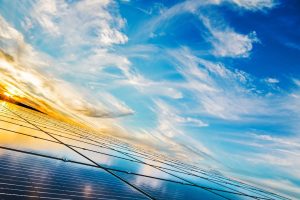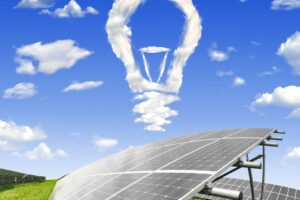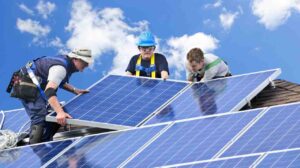Having trouble escaping power outages? Discover the untapped potential of solar power when the grid goes down. In this article, we’ll unlock how solar panels can keep your home running smoothly during blackouts. From inverters to backup battery systems, we’ll explore how you can harness the sun’s energy and enjoy uninterrupted power. Say goodbye to darkness and hello to the freedom of solar power when you need it most.
Key Takeaways
- Solar panels alone cannot generate power during a blackout unless there is a way to store the excess energy or disconnect from the grid.
- Solar batteries provide clean and reliable energy storage, allowing the excess solar energy to be diverted and used during a blackout.
- Solar batteries offer energy independence, powering essential appliances and important home rooms without a disruptive or dangerous generator.
- Increasing the use of renewable energies and battery storage, such as Sunrun’s Brightbox, can help prevent blackouts and make them a thing of the past.
Solar Power: A Reliable Source of Energy During Blackouts
During a blackout, solar power can be a reliable energy source, providing a seamless transition to battery backup power. Renewable and eco-friendly, solar power offers numerous benefits. When paired with battery storage, the advantages of solar power during a blackout become even more apparent. With battery storage, excess solar energy can be stored and used when needed, ensuring that essential appliances and important rooms in the home remain powered. Unlike generators that rely on fossil fuels, solar battery systems offer energy independence and customizable backup options, providing a more sustainable and reliable solution for blackouts.
Blackouts are becoming more frequent in the US. Millions of people can lose power during severe weather events such as storms, wildfires, and heatwaves. A wildfire, heatwave, or grid overload can cause utilities to shut down the grid preemptively. In these situations, battery storage is crucial in rescuing the grid. By relying on renewable energies and implementing battery storage systems, we can help prevent blackouts and make them a thing of the past.
Solar panels alone do not work during a blackout unless there is a way to store the generated electricity or disconnect from the grid. Most homeowners with solar have grid-tied systems connected to an inverter, which automatically shuts off during a blackout to prevent excess energy from being sent over damaged power lines.
To use solar power during a power outage, options include:
- Using a backup gas generator.
- Adding solar batteries to the system.
- Using a solar-powered generator.
- Replacing the inverter with a system designed explicitly for blackouts.
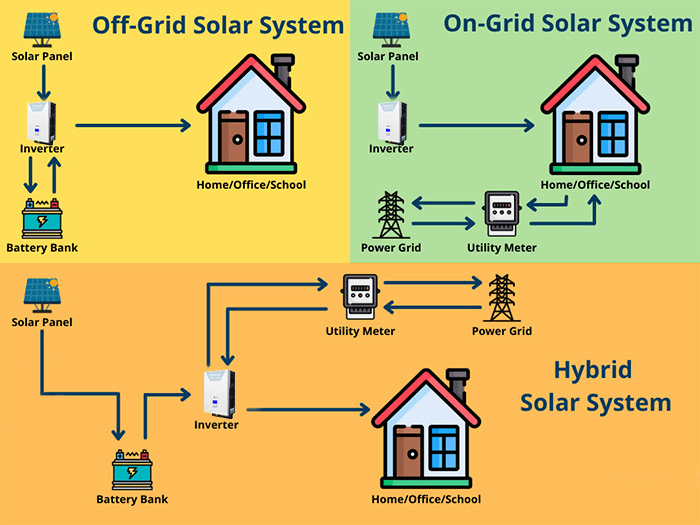
Credit. xindun-power.com
Understanding Inverters: The Key to Solar Power Resilience
In the event of a power outage, the inverter becomes the linchpin in sustaining your solar power system’s operation. Solar inverters are pivotal in transforming the DC electricity produced by your solar panels into AC power that’s compatible with your home’s electrical setup. They facilitate the seamless fusion of your solar energy with the grid system, enabling the utilization of green and renewable electricity.
Here are three aspects that underscore the significance of understanding inverters for ensuring power stability and being prepared for emergencies:
- Power Stability: Solar inverters grant your solar power setup the ability to generate electricity, even during a power outage persistently. By channeling surplus energy into battery storage solutions, they assist in maintaining a dependable power source for vital home appliances and crucial areas within your residence.
- Connectivity with the Grid: Inverters act as the bridge linking your solar panels to the electrical grid. This connection enables you to contribute surplus energy back into the grid and allows for net metering, accrediting the power back to your account. This setup fosters the generation and consumption of clean energy, simultaneously lessening dependence on conventional utility providers.
- Battery Storage Integration: Inverters are fundamentally crucial in incorporating battery storage facilities into your solar power arrangement. This mechanism permits the retention of excess energy generated during daylight, which can be utilized during times of heightened energy consumption or grid failures, thus offering an augmented level of energy assurance and amplifying the resilience of your entire system.
Backup Battery Systems: Storing Solar Energy for When You Need It Most
You can rely on backup battery systems to store solar energy and have it available when needed. Solar battery technology offers a solution to power outages by providing renewable energy storage and backup power options. When the electric grid shuts down during extreme weather or overload, solar panels connected to the grid through a solar inverter won’t generate power without battery storage. This is where solar battery systems come in. They allow you to divert excess solar energy to the battery, ensuring you have clean and reliable energy during blackouts.
A solar battery system offers several benefits during power outages. It powers essential appliances and important rooms in your home, providing energy independence and customizable backup options. Unlike generators that run on fossil fuels and can be disruptive or dangerous, solar battery systems offer a cleaner and safer alternative. With the increasing rate of power outages in the US due to severe storms, wildfires, and grid overload, having a solar battery system becomes even more crucial.
Grid-Tied Vs. Off-Grid Systems: How Solar Can Keep You Connected
With a grid-connected solar setup, you remain linked to the electrical grid, reaping the advantages of green and dependable energy. Here are three reasons why opting for this arrangement can foster a feeling of liberation and empowerment:
- Maximizing Solar Potential: Linking your solar panels to the grid empowers you to harness the complete capabilities of your solar energy setup. This connection ensures that any surplus energy your panels create can be relayed back to the grid, granting you credits that consequently decrease your electrical expenses.
- Comprehensive Backup Solution: Merging solar capacity with battery storage within your grid-connected system forms a robust backup strategy. In the instance of a power outage, the battery can retain surplus solar energy, which can then be utilized to operate crucial appliances, thus guaranteeing electricity availability at critical moments.
- The Best of Both Worlds: Hybrid solar setups bring forth the optimum features of both grid-connected and off-grid systems. These configurations offer the convenience of grid connectivity and the flexibility to shift to battery operations during power disruptions or phases of heightened electricity usage. This way, you can enjoy a seamless power supply with the peace of mind that you have a backup plan in place.
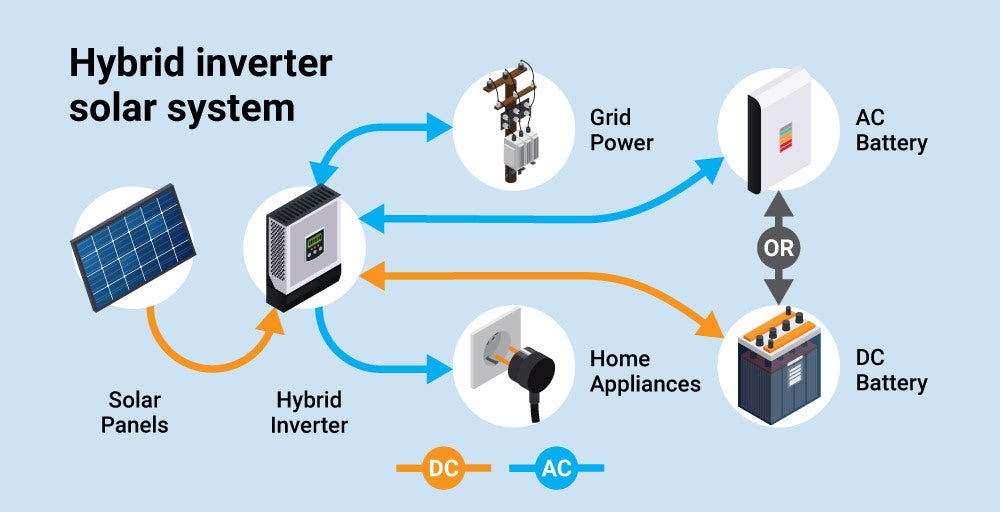
Credit: solarreviews.com
Frequently Asked Questions
What Sets Apart Grid-Tied and Off-Grid Solar Systems?
When considering solar power setups, distinguishing between grid-tied and off-grid solar systems is essential. Grid-tied systems are integrated with the central electrical grid, facilitating the return of surplus energy back to the grid. In contrast, off-grid systems function autonomously, depending on battery storage to sustain power supply. Battery storage emerges as a pivotal element, especially in emergencies, offering a trustworthy power reserve during interruptions. This solar adaptability grants you the autonomy to keep vital appliances and important spaces energized, even amidst grid failures.
What Are the Current Developments in Solar Technology for Enduring Power Outages?
In the solar technology sector, battery storage and microgrids are emerging as central innovations for maintaining power during outages, augmenting energy resilience, and facilitating emergency responses. Battery storage systems can retain surplus solar energy, which can then be utilized during power failures, enabling a smooth shift to auxiliary power sources. Meanwhile, microgrids establish decentralized energy networks capable of functioning separately from the primary grid. These developments in integrating renewable resources promise a consistent and sustainable power source during disruptions, minimizing reliance on conventional fossil fuel-based generators.
Conclusion
In conclusion, in the face of power disruptions, solar energy emerges as a savior, ready to secure an uninterrupted power supply. Equipped with an appropriate system, you can count on a steady energy source that ensures your home remains illuminated and operational even during power outages. Be it through the facilitation of inverters, reserve battery setups, or emergency readiness plans, solar energy presents a green solution that liberates you from the fear of sudden blackouts. Therefore, harness the sun’s energy and bask in the assurance of an uninterrupted power supply whenever it is most needed.
